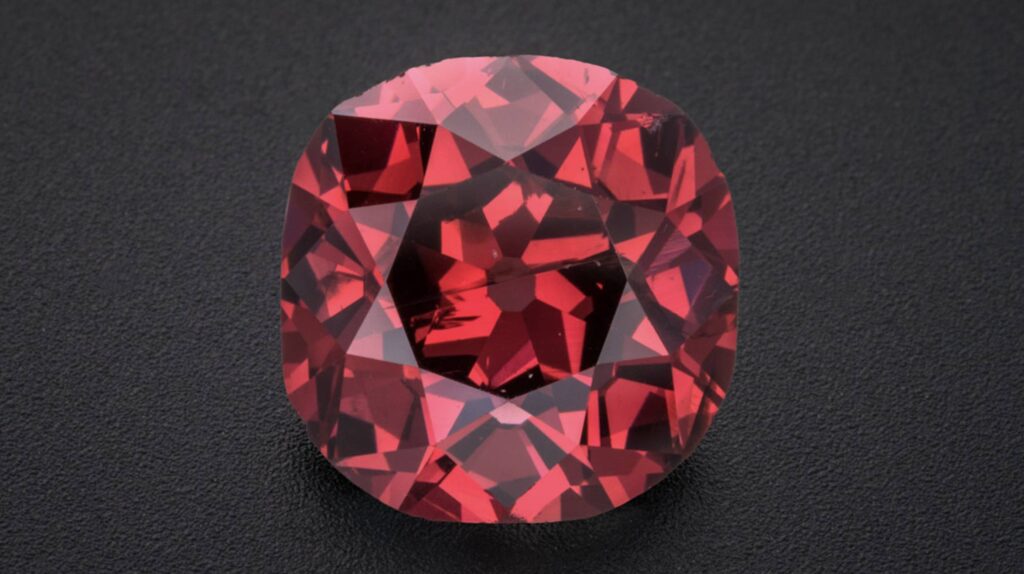Smithsonian studies one of the rarest fancy red diamonds ever recorded

The Winston Red, a 2.33-carat fancy red diamond recently donated to the Smithsonian Institution earlier this year, has been scientifically analysed for the first time. The gemstone is among the largest red diamonds ever documented and one of the rarest natural stones known to exist.
Fancy red diamonds are distinguished by their pure red hue, free from secondary tones like brown or purple. Their colour is not caused by trace elements, but by distortions in the diamond’s atomic structure. These subtle crystal lattice deformations alter the way light interacts with the stone, producing its scarlet appearance.
Researchers at the Smithsonian’s National Museum of Natural History studied the diamond’s optical and structural properties. They concluded that it likely formed under intense pressure in the Earth’s mantle, resulting in dense dislocation networks that gave rise to its color. Their findings were published in Gems & Gemology.
Though the exact geographic source remains unknown, comparisons with similar stones suggest it may have originated in Brazil or Venezuela, regions known for producing red diamonds. However, researchers caution that limited geological data prevents a definitive conclusion.
The diamond has a notable, though incomplete, historical record. First documented in 1938 when Jacques Cartier sold it to the Maharaja of Nawanagar, it was later reacquired by Ronald Winston, son of jeweller Harry Winston, in 1988. It debuted publicly a year later, worn by actress Brooke Shields.
Now housed in the Smithsonian’s gem collection, the Winston Red remains both a scientific curiosity and a historical artifact. Despite ongoing efforts to uncover its full origins, the diamond’s combination of rarity, colour, and mysterious past continues to fascinate researchers and the public alike.

